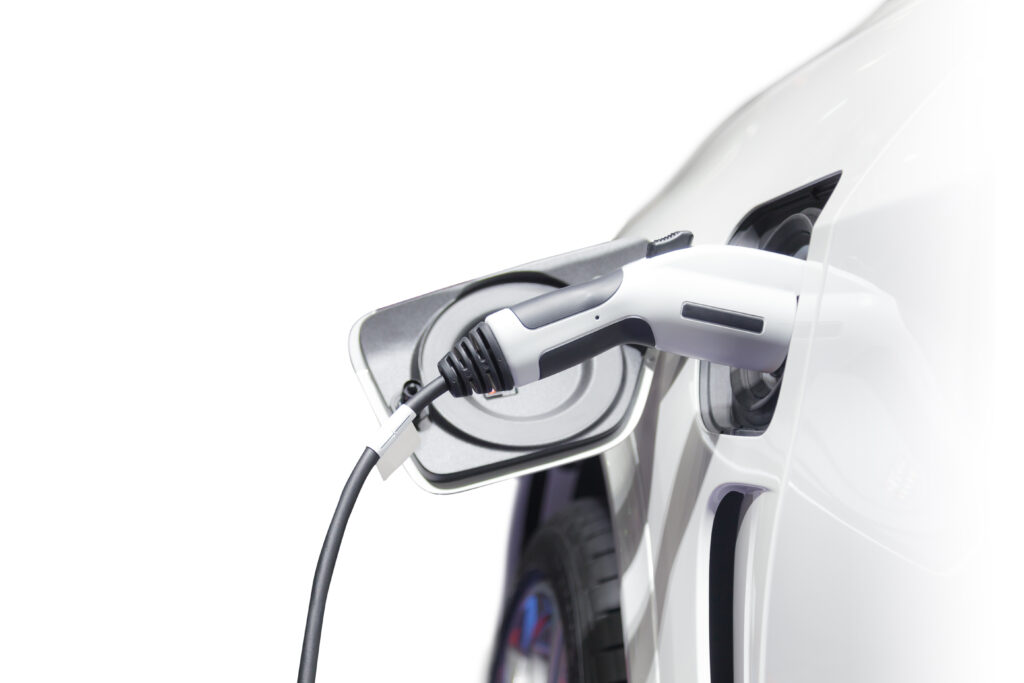Read More: https://www.raycap.com/surge-protection-of-ev-charging-stations/
The electric vehicle market in the United States has exploded throughout the last few years, primarily due to the increasing price of gasoline. While many different factors are causing the prices to spike, it is widely understood that there is a time limit on the amount of time gasoline-powered vehicles will still be operational.
It is estimated that the world supply of oil will run out sometime in the next few hundred years if current usage levels remain at their current levels. Because of this information, it is assumed that the oil-producing nations will be anxious to make as much money from the remaining supply as possible.
Combined with the fact that the world’s population dramatically reduced travel over the past two years of the pandemic, they ultimately resulted in far less oil consumption than expected. These nations are trying to make up for their reductions in revenue by inflating prices, and many are predicting that gasoline prices will not come back down from current levels.
This puts extreme pressure on electric vehicle manufacturers to move the technology of their products forward, solving some of the issues that have dissuaded electric vehicle purchases in the past.
One of the primary concerns with the electric vehicle market is the amount of time that it takes to recharge your vehicle. The comparable time spent on “refueling” at a gas station is less than 10 minutes, putting your car back on the road quickly and efficiently to travel another 200-400 miles before the need to stop. Electric vehicles will generally get around 200 miles before they need to be recharged.
This process can take anywhere between 20 minutes to several hours, depending on the type of charging station you can locate. There is a nationwide push in the United States to develop a network of charging stations that can deliver a charge of 80% or more within 30 minutes to any electric vehicle, based on the “supercharger” technology that Tesla is currently employing for their cars exclusively.
This technology enables a far larger electrical current to be delivered, and with that larger capacity comes the issues of electrical protection. There is a far larger footprint of interconnected equipment within these charging sites, making them a larger target for lightning strikes that will damage that equipment. Because of the exposed nature of these stations, a lightning strike is one of the major concerns that must be dealt with, ultimately for the protection of the public who tend to spend charging time inside their cars and for the conservation of funds needed keep that station profitable.
By integrating EV surge protection devices at critical flow paths within these systems, we will be able to more reliably deliver these mega-charges that will bring down the time spent “refueling.” This development will assist the world in transitioning from gas to electric without significantly compromising the current refueling times.

